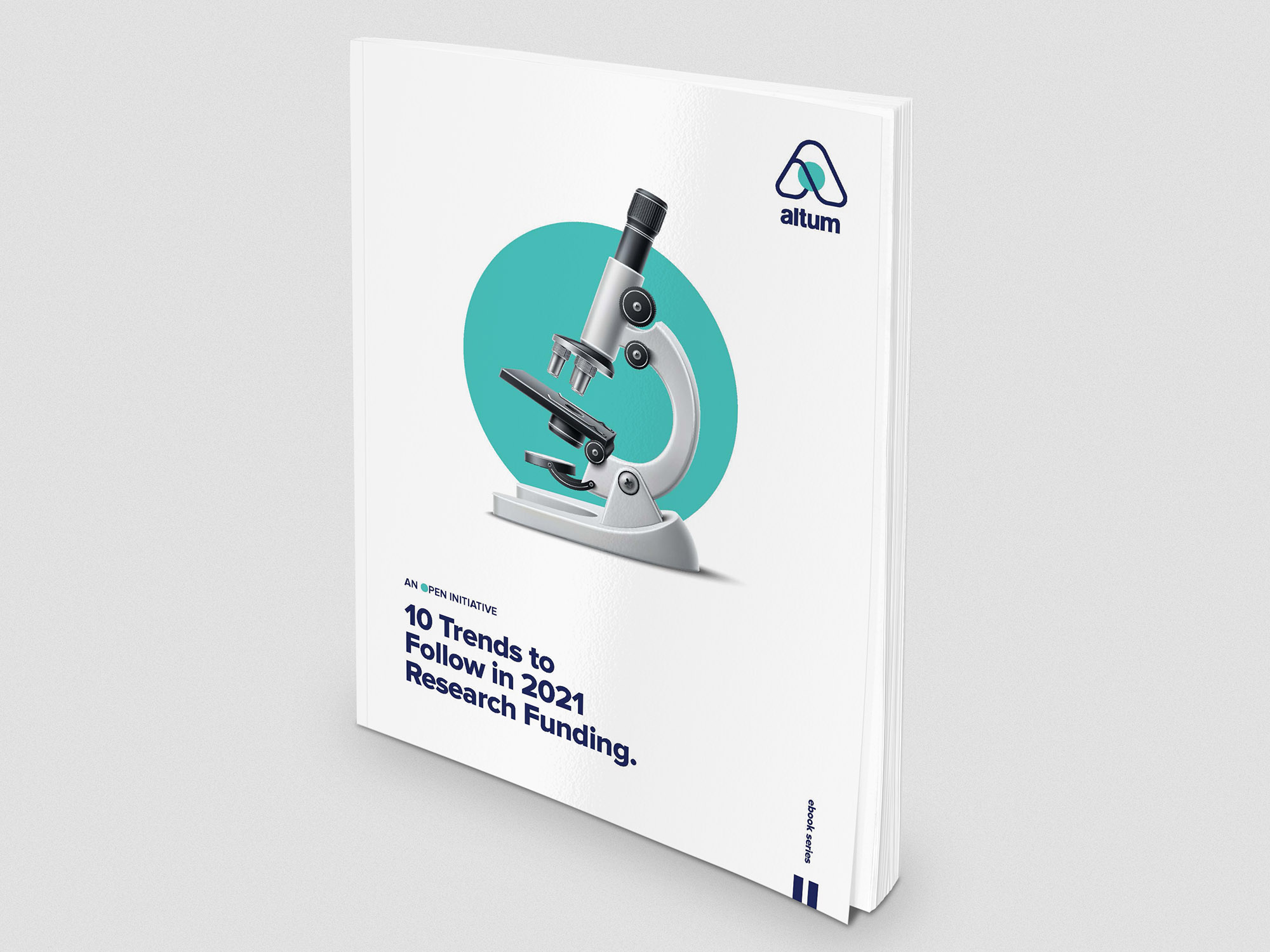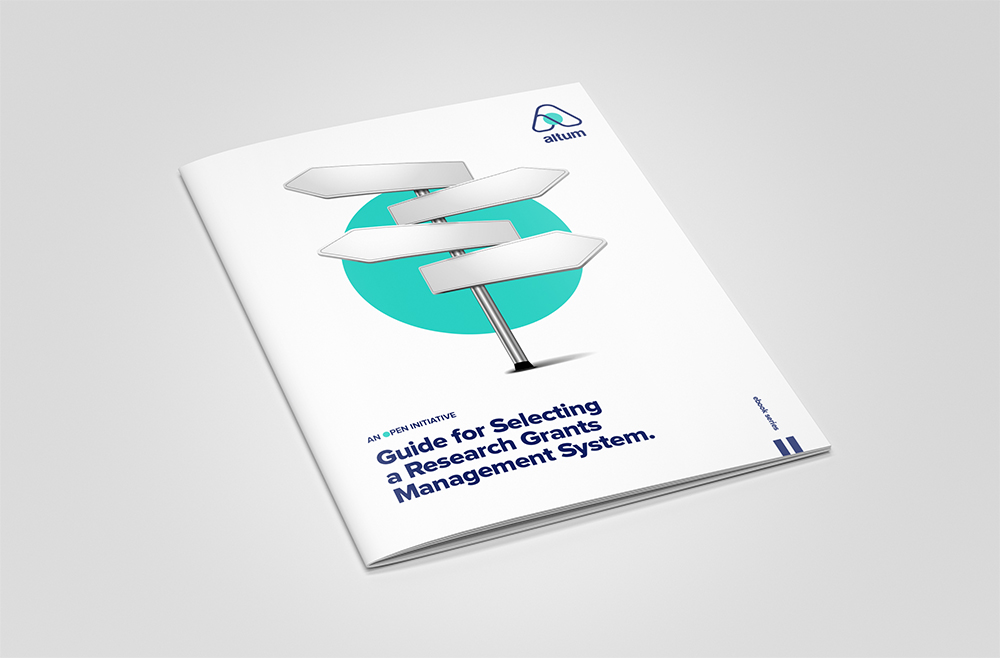What can funders do to adopt open science principles?
There are valuable opportunities throughout the stages of the research grant making process.
Infrastructure
Adopt ORCID, ROR, Crossref, and Datacite and make sure your grants management system works seamlessly with these scholarly infrastructure systems.
Each of these industry metadata standards help grant makers, grant seekers, and publishers streamline funding, increase transparency, improve citation accuracy, and enable impact reporting.
ORCID is a persistent identifier (PID) for people that distinguishes each researcher from every other researcher. Crossref provides a unique identifier for grants. DataCite provides PIDs for various research data sets. And ROR provides a universal identifier for institutions.
ProposalCentral provides native integration to Crossref, ORCID, and ROR.
Applications
Publish calls for applications in public forums. Also, take care to keep a clear archive of current and past calls to demonstrate your historic program aspirations and the other types of applications that make up the fund’s track record over time.
Use inviting and transparent language when laying out the goals, needs, and prospective researcher candidates who might be most well-suited to the program. Be mindful of any criteria or processes that might close people or teams out of consideration, such as funding parameters or researcher requirements.
Grant Peer Review
Whenever possible, publish the review criteria, assignments, scores, and critiques for applicants. Additionally, look for opportunities to adhere to (and share) consistent practices and models for the review stage. This can empower other teams and funders with key learnings and takeaways to optimize research beyond the bounds of your individual fund or team.
Award and Post-Award
Publish and celebrate award recipients, providing clear documentation as to how the recipient or recipients were selected and what others could learn from their award. And into the post-award stage, encourage transparency as the various stages of data collection, analysis, and publications come to fruition.
Throughout each stage, continue to celebrate key wins and tools used over the course of the research process. This is critical to reinforcing and optimizing an open outlook.
For further detail on maximizing the research grant experience, check out our eBook, “How to Run a Research Grant Program.”






